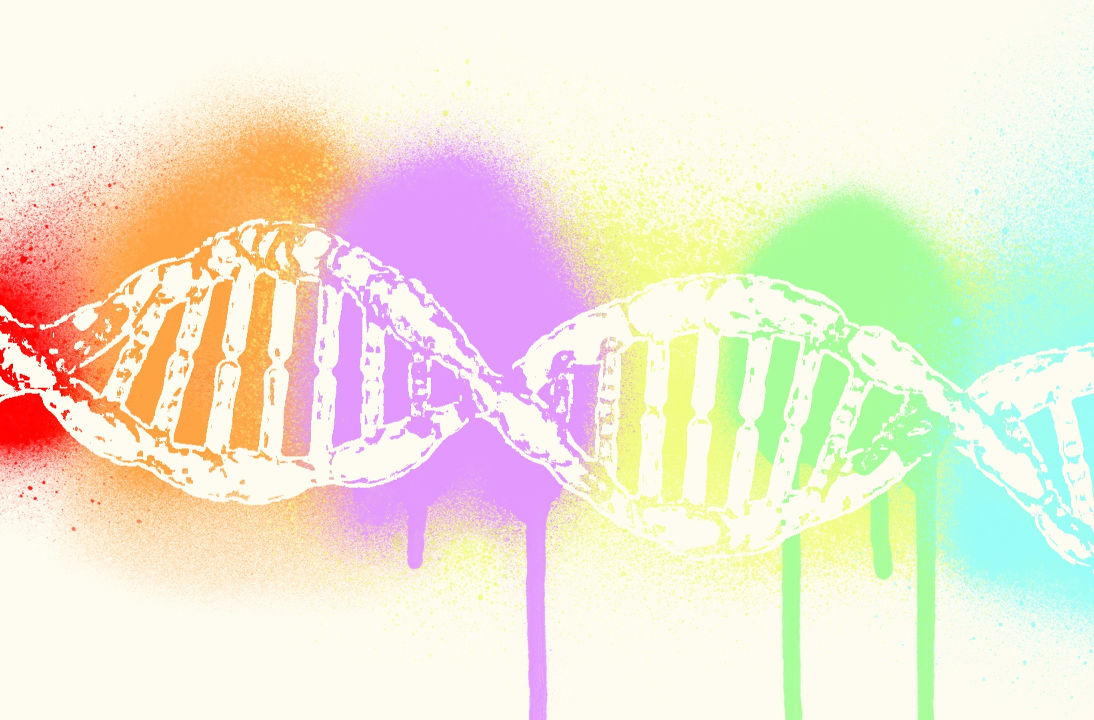Raphaël, 8 years old: "What are chromosomes for?"
Our bodies are made up of a collection of cells. Inside each cell is a small "sac" called the cell nucleus. It contains chromosomes, which are the physical carriers of our genetic information.
Giacomo Cavalli, University of Montpellier and Frédéric Bantignies, University of Montpellier

This information is encoded in the deoxyribonucleic acid molecule: DNA. All of the genetic material carried by chromosomes constitutes the "genome," which is specific to each living species.
Genes are found within chromosomes. These are small sections of chromosomes, each carrying the information that enables the synthesis of a protein, which is essential to the structure and functions of cells.
Initially, parents pass on their chromosomes to their children during fertilization, when the sex cells meet. In humans, the very first egg cell contains a total of 46 chromosomes. These function in pairs, with 23 chromosomes coming from the mother and 23 from the father. We thus inherit the entire "genetic makeup" of both our parents equally.
Throughout our lives, our cells divide to multiply, which allows us to grow and stay healthy. Chromosomes enable the maintenance, reproduction, and transmission of all genetic information from cell to cell during an individual's development and throughout their life.
In humans, the 46 chromosomes contain approximately 2 meters of DNA. If we were to string together the DNA from all the cells in an adult organism, it would stretch approximately 500 times the distance between the Earth and the sun!
The human genome has around 23,000 genes, which represent only a tiny fraction of its length. The rest of the genome contains vast regions located around the genes that serve to regulate them and isolate them from neighboring regions so that each gene can be regulated independently. This is because not all genes in all our cells should be activated at the same time. This is what allows the cells in your heart to be different from those in your skin, for example.![]()
Giacomo Cavalli, Director of Research, CNRS, University of Montpellier and Frédéric Bantignies, CNRS Researcher, University of Montpellier
This article is republished from The Conversation under a Creative Commons license. Readthe original article.